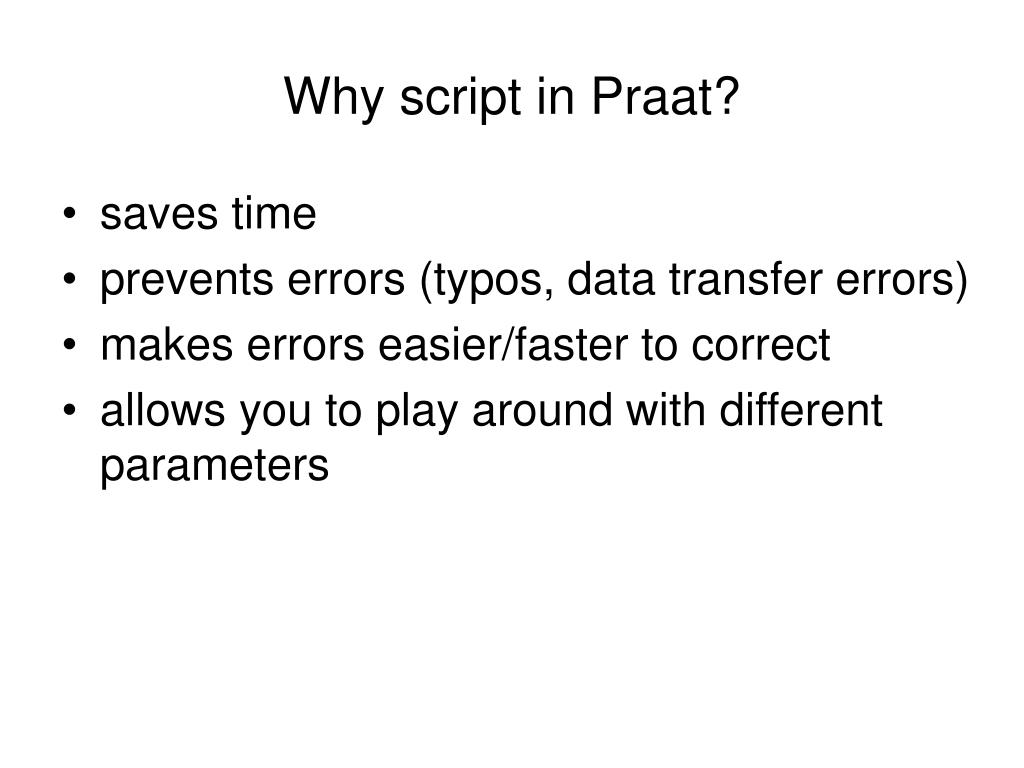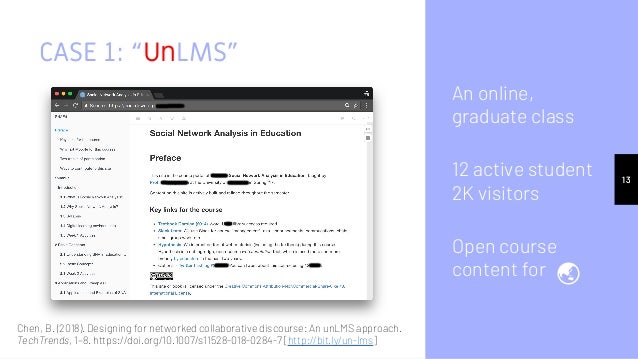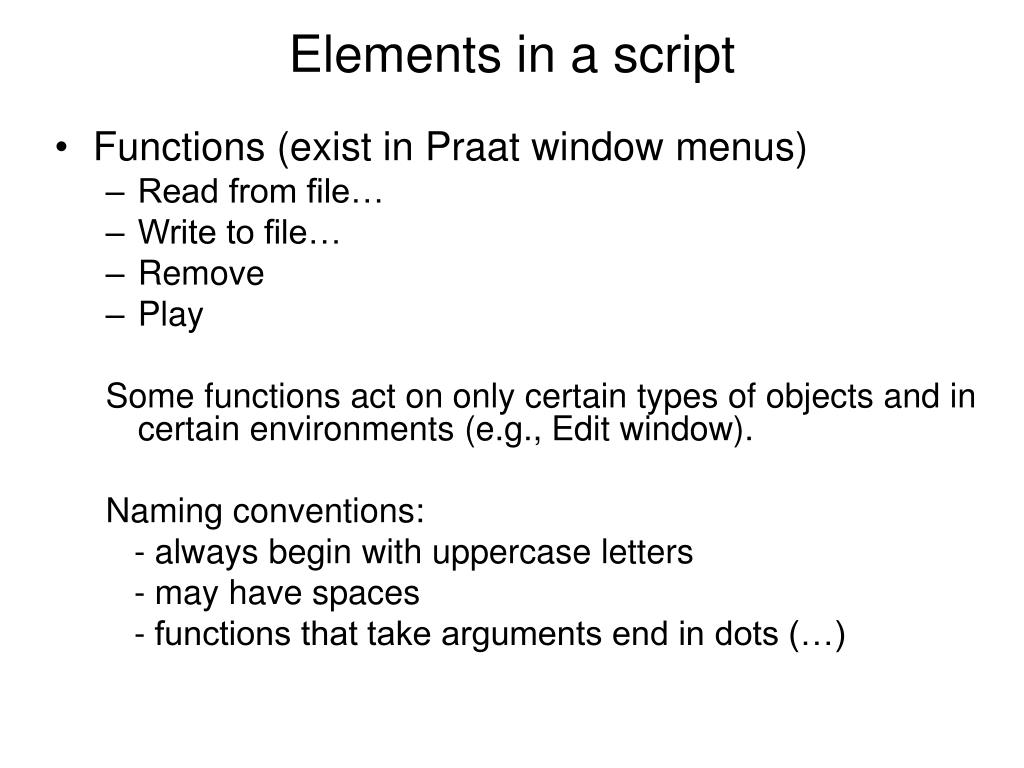

- ANNOTATE THE SYLLABLES BOUNDARY SCRIPT PRAAT MANUAL
- ANNOTATE THE SYLLABLES BOUNDARY SCRIPT PRAAT SERIES
- ANNOTATE THE SYLLABLES BOUNDARY SCRIPT PRAAT DOWNLOAD
Each sound pair should have the two sound file names (minus. This script concatenates pairs of sound files with a pause between according to rows of file names in a tab-separated text file. This is useful for creating stimuli for ABX or oddity experiments, particularly for jsPsych. Pause duration is specified in seconds by the user. Make sure to include a header for each column, since Praat reads in the first row of a table as the header. wav) specified in order in the first three columns, with the name given to the concatenated sound file in the fourth column. Each sound triad should have the three sound file names (minus. This script concatenates groups of three sound files with pauses according to rows of file names in a tab-separated text file. In addition, here are some Praat scripts that I've written or modified: Although I made them to accompany a live presentation, the explanations on the slides and the sample scripts may still be useful for you. klatt_synthesize_vot_f0_series.Click here for the materials from a Praat scripting tutorial I did for the IU Second Language Psycholinguistics Lab in 2019.standardize.praat: Standardizes all sound files in a given directory in terms of intensity, pitch median, and/or duration.increase_intensity.praat: Increases/decreases intensity of all files in a folder by a set number of dB.
ANNOTATE THE SYLLABLES BOUNDARY SCRIPT PRAAT SERIES
duration_manip.praat: Manipulates a user-specified portion of an existing sound to create a stepwise series varying in duration.For creating VOT continua, I highly recommend using Matt Winn's excellent tutorial and Praat script.The output can be used in subsequent scripts that call for file- or speaker-specific formant or f0 parameters.

ANNOTATE THE SYLLABLES BOUNDARY SCRIPT PRAAT MANUAL

measure_formants.praat: Measures F1 and F2 at a user-specified number of equidistant points within labeled intervals.move_to_zero.praat: Moves all boundaries on a given TextGrid tier to zero-crossings in the corresponding wav files retains original labels.splice_and_ramp.praat: Splices sounds based on labeled intervals from a TextGrid and ramps to/from zero.chopchop.praat: Creates individual sound files (and optionally, TextGrids) from a long sound file with user-specified labels.annotate.praat: Opens up sound files and TextGrids for editing.You should be able to open the script and run the example with the directory structure left intact.
ANNOTATE THE SYLLABLES BOUNDARY SCRIPT PRAAT DOWNLOAD
Most of these links will download a compressed folder which contains the script and any ancillary files needed to run the example. If you would like to learn more about Praat scripting, I suggest starting with the excellent Praat scripting manual. There are many online resources for learning Praat scripting and examples of Praat scripts. These are meant to serve as a first-step resource for students working with me on annotation projects or others who would like to see some examples of sound manipulation. The scripts below are mostly either 1) basic scripts that I use often for annotation and 2) some examples of synthesis. Praat scripting speeds up acoustic annotation, measurement, and (re)synthesis.


 0 kommentar(er)
0 kommentar(er)
